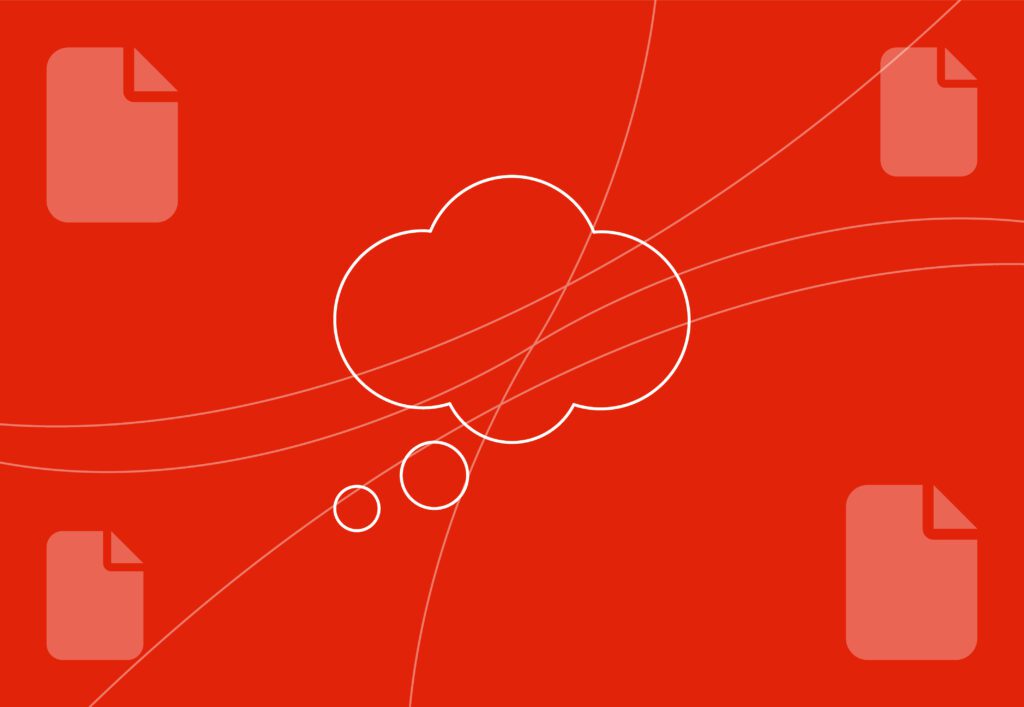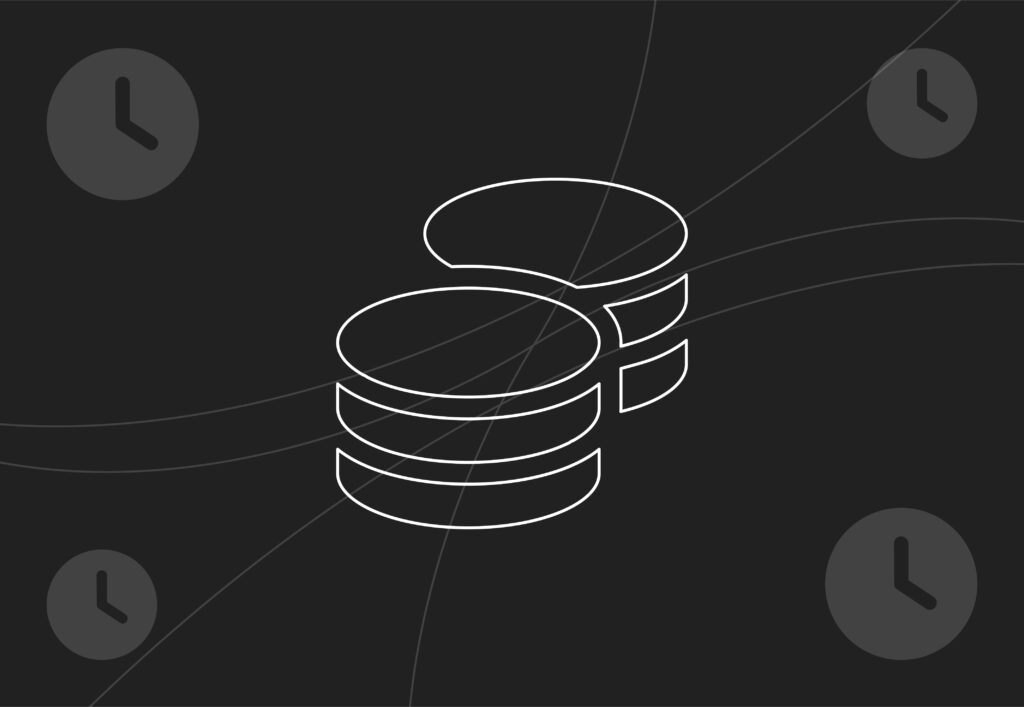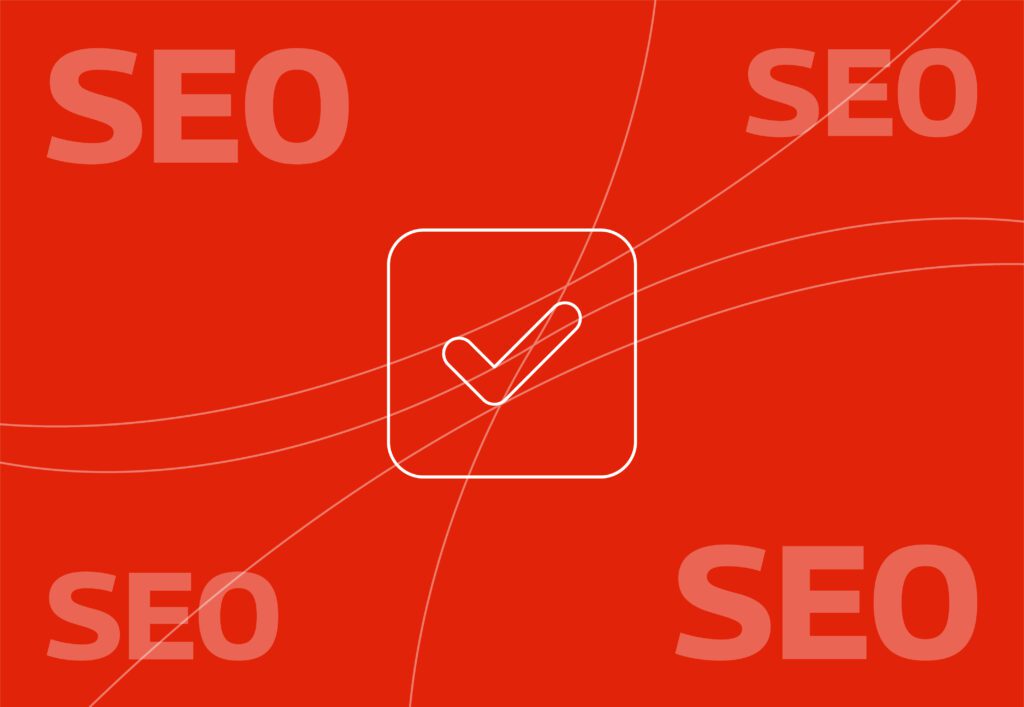
Fresh content ideas for your B2B newsletter

Email newsletters remain one of the most powerful tools in B2B marketing; they offer businesses direct, personal access to decision-makers and keeps your brand top of mind in a crowded market. Whether you’re nurturing leads, engaging existing customers, or driving new opportunities, a well-crafted B2B newsletter can play a key role in your overall digital strategy.
One of the biggest challenges B2B marketers face is consistently coming up with fresh, relevant content ideas that actually resonate with a B2B audience. It’s easy to fall into a routine of product updates and generic news, but that won’t keep your readers engaged for long.That’s why I have written this blog.
I’ve put together 30+ B2B newsletter content ideas, my top tips on how to implement them and organised them by category to suit the different goals you may have; from thought leadership and customer success to team culture and sales enablement. Each idea comes with real-world examples or strategy tips to spark inspiration and help you keep your readers coming back.
Whether you’re a content marketer, founder, sales rep, or anyone else managing a B2B email strategy, make sure you read this blog to gather fresh ideas for your next newsletter.
27 Stats showing the importance of B2B email marketing in digital strategy
- Email marketing revenue worldwide is expected to reach $17.9 billion by 2027
- 4 out of 5 marketers say that they would rather give up social media marketing than email marketing
- By making email campaigns optimised for mobile, you can increase mobile clicks by 15%
- Just over 80% of B2B marketers actually use email newsletters as their main content format
- B2B newsletters with the highest click-through rates are those that feature new product announcements
- Nearly 80% of B2B consumers would prefer that businesses contact them via email
- 32.55% is the average open rate for email marketing, as recorded in August 2024.
- When optimising for mobile, businesses see a 15% increase in mobile clicks in email content
- Half of B2B marketers believe that email is the most effective tool available.
- Email marketing was ranked second for most effective sales and marketing lead sources in the B2B space at 32%
- By 2026, the number of email users is expected to grow to 4.73 million
- In 2022, around 333 billion emails were sent and received daily worldwide. By 2026, it is predicted that this will increase to 392.5 billion
- By 2027, email marketing revenue is projected to hit $17.9 billion
- In a 2022 survey, nearly 30% of the respondents said that a brand’s regular newsletter could likely influence their purchasing decisions
- Research has found that email marketing has the potential to provide a return of $36 for every dollar spent
- 6/10 small businesses use email marketing to reach new customers
- 73% of marketers use an email newsletter as part of their content marketing strategy
- 89% of B2B marketers increased or maintained their budget, and 70% reported an improvement in email marketing performance
- 82% of marketers make use of email automation, which results in 8 times greater email opens
- The top two emails marketers send are email newsletters (81%) and welcome emails (79%)
- Nearly 60% of marketers think that email marketing is 2x more effective than paid advertising for generating leads
- The best email campaign strategies are segmentation (78%), message personalisation (72%), and email automation (71%)
- Detailed email segmentation leads to 30% more opens and 50% more clicks than unsegmented email campaigns
- Nearly 90% of consumers say they are more than happy to share their email contact if it means they’ll receive personalised offers
- Personalised emails are opened over 80% more than generic bulk-send emails
- The top three factors marketers use to personalise emails are name, company name, or other profile data (80%), customer segmentation (64%), and past email interactions (42%).
- The top two metrics email marketers track are click-through rate (34%) and open rate (31%).
1. Industry insights and thought leadership

Sharing industry insights and thought leadership content in your B2B newsletter portrays your brand as a trusted authority. It shows your audience that you’re not just selling a product or service, but that you understand their world, you’re keeping up with change, and you’re helping them stay informed. Ultimately, this type of content builds long-term trust and makes your emails more valuable to decision-makers. You’ll notice throughout this blog, added value is a common factor across all content ideas!
Industry insights and thought leadership content ideas:
- Industry trend updates breakdowns:
You could analyse emerging trends that could impact your audience. In this, you could go beyond stating the trend but really explore and explain why it matters to your audience. - Expert predictions or forecasts:
By this I mean, you could share predictions from your leadership team or pull together expert opinions from industry reports. Readers will always appreciate forward-thinking insights they can use to stay ahead whilst also showcasing your expertise and building trust. - Commentary on recent news:
Instead of just linking to news articles, why not provide your take. Think about ‘What’s the impact?’ ‘What should your audience consider doing differently?’. The more value you can add to your audience the better. - Curated articles with summaries and insights:
As we do with our weekly LinkedIn newsletter ‘The Friday Five’, save your readers time by sharing the best reads of the week/month, you can include a quick summary and your interpretation on what this means for your audience. This is especially effective if your audience is short on time but eager to stay informed.
My top tips for getting industry insight and thought leadership content right:
- Use data and cite sources:
Credibility really does matter. When referencing trends or making predictions, don’t just say it because you think it, but back it up and link to reputable data sources, research reports, or industry benchmarks. - Encourage email forwarding:
Add a simple line like “Found this helpful? Forward it to your team.” It’s such a light CTA that can organically grow your reach without feeling salesy.
2. Product and service updates
Keeping your audience informed about your latest offerings isn’t just about promotion, it’s about value (told you this would keep popping up). B2B buyers want to know how your product or service is evolving and how it can help them solve the real problems they are facing. Regular updates build engagement, reduce churn, and can even accelerate the sales cycle by highlighting new capabilities that align with their changing needs.
Product and service content Ideas:
- Feature releases or product updates:
Use your newsletter to announce new features, improvements, or UI changes. It’s important to be clear about what’s new and how it helps. This will help you add value rather than just ‘selling’ to your readers. - New services or packages:
If you are launching a new service or bundle? Use your newsletter to spotlight it! You can emphasise who it’s ideal for and the problems it solves. - Behind-the-scenes development updates:
By sharing a sneak peek into what your team is working on can help build anticipation and show transparency in your product roadmap.
My top tips to make sure you get product and service updates content right:
- Frame your content around benefits:
Don’t just say what changed or updated; explain why it matters. This will help readers connect the dots between your update and their goals. - Add clear CTAs:
It is crucial that you encourage action. Whether it’s “Read the full release note,” “Book a demo,” or “Try it now,” make it as easy as possible for readers to take the next step.
3. Customer success and case studies

In B2B marketing, social proof isn’t optional; it’s essential to achieve success. Sharing how real customers are succeeding with your product or service adds credibility, builds trust, and gives potential buyers the confidence to take the next step. It’s not just about showing off wins; it’s about telling relatable, results-driven stories that help your audience see what’s possible.
Case study and customer success content Ideas:
- Short customer spotlights:
You can use your newsletter to feature one customer per issue with a quick overview of who they are, what challenge they faced, and how your solution helped. These could be highly visual and attention-grabbing. - Quotes or testimonials with visuals:
A well-placed quote paired with a headshot or company logo can go a long way. Even better if from this, you can link it to a longer story or video. - Case study summaries:
You can include a short video of a full-length case study and link to it. - ‘Before and after’ results:
Everyone loves a transformation story. Case studies can show what things looked like before your solution and the measurable impact after implementation. Showing your impact is a great way to advertise your service or product. - Try a ‘case of the month’:
You could highlight a specific way a customer is using your product to solve a unique challenge. This helps readers think outside the box and discover features they might not be using yet.
My top tips for getting case study content right:
- Use a simple format:
Keep your case studies simple and relatable. Start with the pain point, explain the approach, and close with the result. This structure is easy to scan and digest. Don’t overcomplicate it and focus on adding value to your consumers with the case study - Quantify success:
As mentioned above, numbers add credibility. Data helps bring the story to life and puts the results into context, meaning it ‘means’ more to your audience because they can better understand what the results are showing. - Make your case studies human:
Use names, roles, and companies involved. A real face behind the success makes the story more engaging.
4. Educational content
Educational content positions your brand as a helpful resource and not just a seller. When you consistently deliver value in the form of useful insights, tools, and learning opportunities, you build trust and keep your audience engaged. In B2B, where purchase decisions are research-driven and relationship-based, this kind of content can nurture leads and create lasting brand relationships.
Educational content ideas:
- How-to guides or tutorials:
Break down complex topics into step-by-step instructions. By making topics inclusive and understandable you give yourself a better chance at increasing engagement and retention. - Checklists, templates, or cheat sheets:
Provide ready-to-use tools that make your readers’ jobs easier. - Webinar or podcast invitations:
Use your newsletter to promote upcoming live events or recently released podcast episodes. Include the topic, speakers, and what attendees will gain. Show what value they will get from attending. - Ebooks or whitepaper announcements:
Announce new long-form content with a short description, key takeaways, and a clear CTA to download. Be sure to emphasise the benefit, not just the title. Again, make the value this resource will add clear. - Industry reports and surveys:
Share original research or curated data relevant to your audience. Highlight a few compelling stats in the email, then link to the full report.
My top tips for getting education content right:
- Gate content strategically:
Gated resources like ebooks or reports are great for lead generation … but always offer a snippet or preview in the email. This builds trust and shows it’s worth the click. - Make content skimmable and digestable:
Use bullet points or bolded takeaways to highlight key value. Readers should be able to grasp the benefits within a few seconds. - Include clear, bold CTAs:
Use action-driven buttons like “Download the Checklist,” “Watch the Webinar,” or “Get the Guide.” Clear CTAs improve click-through rates.
5. Company culture and behind-the-scenes

Ultimately people connect with people; not just products. Sharing behind-the-scenes content helps humanise your brand, showcase your team’s personality, and foster stronger emotional connections with your audience. In the B2B world, where relationships drive long-term success, these small glimpses into your company culture can really help build trust, loyalty, and even attract talent (don’t forget about the power of showcasing company culture when it comes to recruitment).
Company culture content ideas:
- Team member spotlights or “A Day in the Life” features:
At Embryo, we love showcasing our team across our digital channels. You can highlight different employees, their roles, and what a typical day looks like. It’s a simple way to show the people behind the product/company, and their passion. - Company milestones or anniversaries:
You can share growth moments, anniversaries, or achievements. Whether it’s your 5-year mark or your 500th customer, these milestones help build credibility and celebrate progress. - Photos from events:
You could add a personal touch by including candid shots from team events, conferences, or retreats. These visuals bring warmth and personality to your newsletter. - Hiring announcements and open job roles:
Mention key new hires or highlight open positions to encourage referrals from your network. Newsletters can be powerful to attract top talent. - Internal initiatives (e.g., Sustainability, DEI Efforts):
Share the causes your team cares about and how you’re putting values into action. How your company is perceived is a huge factor when it comes to building brand trust.
My top tips for getting company culture content right:
- Keep it short and visual:
Use one great photo or a short blurb; this content should feel light and informal. - Perfect for a newsletter footer:
If you are struggling with where to fit this section in your newsletter, add it as a recurring section to end your emails on a human note.
6. Interactive and engaging content
Interactive content breaks the passive reading pattern and invites your audience to engage. Whether it’s clicking a poll, answering a question, or voting on a new feature, these small actions boost response rates and build a sense of community. In B2B, where relationships and feedback loops matter, this kind of engagement can also inform your product, content, or strategy.
Interactive content Ideas:
- Polls or surveys:
Ask a quick question related to your industry, product use, or trends. Keep it to one click when possible - Feedback requests:
Let your audience have a say in your roadmap or content direction. People are more invested when they feel heard. - Contests or giveaways:
Offer small incentives for completing a survey, submitting an idea, or sharing your newsletter with colleagues. - Trivia or quizzes:
These are a fun, low-pressure way to educate and engage. You can reveal answers in the next issue.
My top tips for getting interactive content right:
- Keep this content simple:
Reduce as much friction as possible. The easier it is to participate, the more responses you’ll get. - Use results in future content:
Sharing poll outcomes or top feedback makes your audience feel involved and heard.
7. Partner and community content

Highlighting your partners and community members adds credibility, strengthens relationships, and helps expand your reach. Featuring collaborators, integrations, or customer-generated content shows that your brand is part of a larger ecosystem. It’s also a great way to shine a light on shared wins and deepen trust with your audience.
Partner and community content ideas:
- Guest features from partners:
Include a short interview, quote, or article snippet from a partner sharing industry insights or best practices. - Cross-promotions with tools or services:
Spotlight a complementary product or service your audience uses; especially if you integrate with it or collaborate in some way. - Community-generated content:
Share a customer testimonial, user-submitted photo, or a story from your online community or forum. - Shoutouts to collaborators or sponsors:
If you’ve co-hosted a webinar, launched a joint project, or partnered on an event, use your newsletter to give credit and visibility.
My top tips for partner and community content:
- Move the conversation onto social:
Tag or mention partners on LinkedIn and other platforms to increase reach and encourage resharing. - Keep this content authentic:
Choose highlights that align with your brand values and genuinely add value for your audience.
8. Seasonal and event-based content
Timely content helps you create relevance. Whether it’s a major industry event, a key planning season, or a holiday, tapping into what’s happening right now can increase open rates and engagement. Seasonal and event-based emails show your brand is in tune with your audience’s world.
Seasonal and event-based content ideas:
- Event invitations:
Promote upcoming conferences, webinars, or trade shows your team is attending or hosting. Include the date, topic and how to book. - Holiday greetings:
Send brief, professional well-wishes during major holidays. Keep the tone inclusive and non-promotional; a human touch goes a long way. - Seasonal tips or planning guides:
Offer helpful content aligned with the season, such as “Q4 Marketing Checklist” or “2026 Planning Workbook.” - End-of-Year recaps:
You can share highlights from the past year: Top articles, feature launches, or customer wins. It’s a great way to reinforce value and show progress. - Key date reminders:
Send helpful nudges around industry-specific deadlines like budget planning, renewals, or compliance reporting.
My top tips on getting seasonal and event-based content right:
- Make sure you plan ahead:
Add seasonal content to your editorial calendar to stay proactive. - Utilise countdowns:
For time-sensitive events, add a countdown or “Last chance to register” message to create urgency.
Hopefully from this blog, you can see that B2B newsletters remain one of the most effective tools for building relationships, driving engagement, and supporting the buyer journey, but only if you consistently deliver content your audience cares about.
By tapping into the categories I have outlined above, from industry insights and product updates to customer stories and interactive content, you can create a B2B newsletter that informs, inspires, and converts.
If you are looking for support with your email marketing, then please get in touch. Our CRM team is here to help and make sure you are engaging your consumers and driving retention.
Next steps:
- Sign up to our newsletter to gain more insights and updates across the digital industry



